Dogs are among the most well-liked pets in the world and are renowned for their adoration and loyalty to their owners. They have been domesticated for countless years and are wolves’ offspring. Over 340 recognised dog breeds exist, with sizes ranging from tiny Chihuahuas to enormous Great Danes, as well as different temperaments, coat patterns, and colours.
Dogs are highly valued for a variety of duties, including search and rescue, rehabilitation, and service work, due to their great sense of smell and excellent hearing. They are also quite trainable and can pick up a wide range of skills that make life easier for their owners.
To keep healthy and happy, dogs require regular exercise and mental stimulation. They should be given plenty of chances to play and run around, as well as daily walks. It’s crucial to give them the right nourishment, consistent veterinarian care, and a secure and comfortable living space.
Dogs are extremely social creatures who enjoy being with their owners, but if they are left alone for long periods of time, they can develop anxiety and despair. For them to live happy, well-adjusted lives, it’s crucial to give them the right socialisation and training.
Here are the Top 40 Dog Facts:
- Wolves are the ancestors of dogs.
- Man’s best companion is seen as being a dog.
- The American Kennel Club recognises approximately 340 different dog breeds.
- Dogs are quite good at smelling things.
- Chihuahuas are the smallest breed of dog, while Great Danes are the largest.
- Dogs can be taught to do a wide range of jobs, including therapy, service work, and search and rescue.
- Dogs live between 10 and 13 years on average.
- A dog can hear better than a person.
- Dogs’ double coats of fur provide as insulation.
- Dogs might be black, brown, white, or mixed in with other colours.
- The Labrador Retriever is the most well-liked dog breed in the US.
- While some dogs tend to be quiet, some have a propensity for loud barking.
- Dogs can be friendly or aggressive depending on their disposition.
- Through their paws, dogs perspire.
- The breed and size of a dog affect its average weight.
- The nose of a dog is distinctive, exactly like a person’s fingerprint.
- Dogs are able to identify their owners through sight, smell, and sound.
- The tail can be utilised to convey a dog’s emotions.
- For dogs to remain healthy and happy, daily exercise and mental stimulation are essential.
- For swimming, some dogs have webbed feet.
- If dogs are left alone for long stretches of time, they may develop separation anxiety.
- Dogs can have a long, short, curly, or smooth coat, among other variations.
- Numerous health issues, such as hip dysplasia and diabetes, can affect dogs.
- Depending on their breed, some dogs are predisposed to particular hereditary illnesses.
- Fear and phobias can arise in dogs.
- Dogs can be taught tricks like turning over and acting dead, among others.
- The sense of taste in dogs is not as refined as the sense of smell.
- Dogs can be taught to communicate with their owners through sign language.
- Dogs can experience depression and anxiety.
- The insulation and defence against the sun and the elements offered by a dog’s fur.
- The 42 teeth that dogs have are made for biting and chewing.
- Dogs can run, jump, and swim, and they have a flexible spine.
- A dog’s heart beats more quickly than a person’s.
- Dogs with severed limbs may feel phantom agony.
- The body temperature of a dog is somewhat greater than that of a person.
- Just like humans, dogs can experience allergic reactions.
- Cancers like osteosarcoma and lymphoma can occur in dogs.
- If exposed to extreme temperatures for an extended period of time, dogs might develop heat stroke.
- The ability to smell is thousands of times more powerful in dogs than in us.
- Dogs can be taught to recognise specific medical situations, such as diabetics’ low blood sugar levels.
- Dogs can be taught to detect drugs, bombs, and other illegal items.
- The whiskers on a dog’s nose aid in navigating and item detection.
- Dogs can be taught to assist humans with impairments, including the blind and others who have mobility challenges.
- The paw pads on a dog’s paws are designed to assist it grip and absorb shock.
- Dogs are susceptible to sleepwalking and nightmares.
- Some dogs are more prone to undesirable behaviours like chewing and digging.
- Dogs can be taught to guard property and herd animals.
Top 10 Most Loved Dog Breeds :
- Labrador Retriever
- German Shepherd
- Golden Retriever
- French Bulldog
- Bulldog
- Beagle
- Poodle
- Rottweiler
- Siberian Husky
- Dachshund
These breeds are well-known for their trainability, ability to adapt to various lifestyles, and friendly and cuddly attitudes. They are excellent companions for single people and couples alike, as well as families with young children. Though a breed may be well-liked, it’s crucial to take into account each dog’s individual personality and compatibility because every dog is different.
Top 10 Biggest Dogs in the World :
Here are ten of the largest dog breeds in the world, listed in no particular order:
English Mastiff – These dogs are over 30 inches tall at the shoulder and can weigh up to 250 pounds. They are renowned for having a placid and submissive demeanour and for being gentle giants.
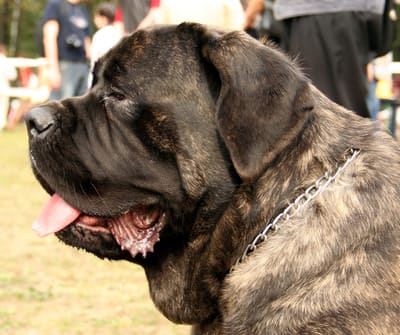
St. Bernard – These large, 260-pound dogs were initially raised in the Swiss Alps as rescue dogs. They are renowned for being amiable and sociable.
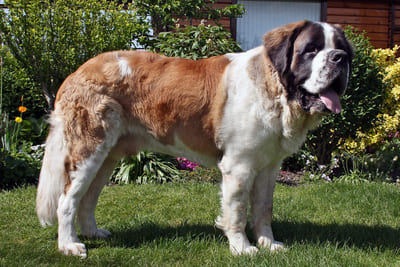
Great Dane – These canines are renowned for their enormous size; when standing on their hind legs, some can reach heights of over 7 feet. They are amiable and devoted to their owners and weigh between 120 and 200 pounds.
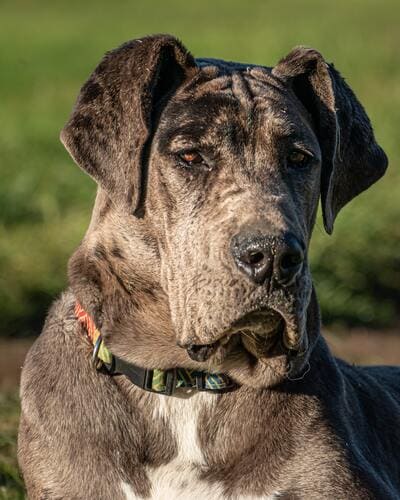
Neapolitan Mastiff – These canines can weigh up to 150 pounds and have a distinctively wrinkled face. They can be devoted to their masters and were initially developed for guard duty.

Leonberger – These German-bred dogs have a weight limit of 170 pounds. They are well renowned for their distinctive look with a long, shaggy coat as well as their sociable and playful nature.
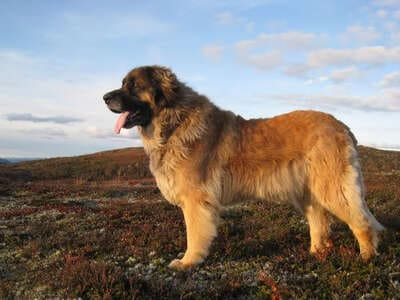
Irish Wolfhound – One of the tallest breeds, these dogs can reach heights of almost 7 feet when standing on their hind legs. They can reach 120 pounds in weight and are renowned for their kind and amiable personalities.
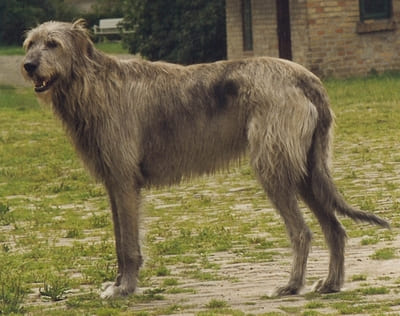
Anatolian Shepherd – These large, 150-pound dogs were initially raised in Turkey as security dogs. Although they can be affectionate with people, they are independent and protective.

Kuvasz – These large, 145-pound dogs were initially developed in Hungary as security dogs. They can be autonomous as well as protective and smart.

Great Pyrenees – These canines, which can weigh up to 140 pounds, were initially developed as guard dogs in the Pyrenees. They are renowned for their peaceful, quiet personalities as well as their instincts for self-defense.

Samoyed – These canines, which may weigh up to 60 pounds, were initially bred in Russia as herding dogs. They are well recognised for their thick, fluffy coat and have an outgoing, energetic personality.
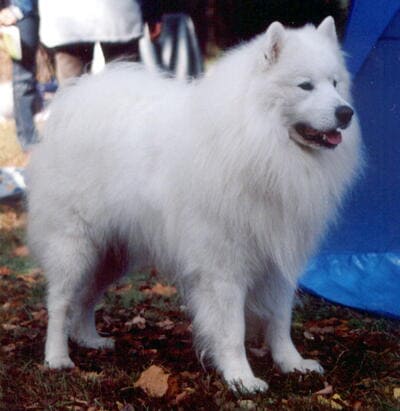
The right training, socialisation, and care are crucial for preserving the health and happiness of any dog, regardless of breed or size, so it’s important to remember this when picking a pet.
Overall, dogs make fantastic pets that enrich the lives of their owners with joy, love, and connection.


